Cessna 560 Citation V N3RB – NTSB Final Report Location: Warm Springs, Oregon Accident Number: WPR21LA082
Date & Time: January 9, 2021, 13:37 Local Registration: N3RB
Aircraft: Cessna 560 Aircraft Damage: Destroyed
Defining Event: Medical event Injuries: 1 Fatal
Flight Conducted Under: Part 91: General aviation – Personal
Analysis
During the first 15 minutes of the flight, the pilot of the complex, high performance, jet
airplane appeared to have difficulty maintaining the headings and altitudes assigned by air
traffic controllers, and throughout the flight, responded intermittently to controller
instructions.
After reaching an altitude of 27,000 ft, the airplane began to deviate about 30°
right of course while continuing to climb. The controller alerted the pilot, who did not respond,
and the airplane continued to climb. Two minutes later, the airplane entered a tight, spiraling
descent that lasted 8 minutes until the airplane impacted the ground at high speed in a rightwing-low attitude.
The airplane was highly fragmented on impact; however, examination did not reveal any evidence of structural failure, in-flight fire, a bird strike, or a cabin depressurization event, and both engines appeared to be producing power at impact.
Although the 72-year-old private pilot had extensive flight experience in multiple types of
aircraft, including jets, he did not hold a type rating in the accident airplane, and the accident
flight was likely the first time he had flown it solo. He had received training in the airplane
about two months before the accident but was not issued a type rating and left before the
training was complete.
During the training, he struggled significantly in high workload
environments and had difficulty operating the airplane’s avionics suite, which had recently
been installed. He revealed to a fellow pilot that he preferred to “hand fly” the airplane rather
than use the autopilot. The airplane’s heading and flight path before the spiraling descent were consistent with the pilot not using the autopilot; however, review of the flight path during the spiraling descent indicated that the speed variations appeared to closely match the airplane’s open loop phugoid response as documented during manufacturer flight tests; therefore, it is likely that the pilot was not manipulating the controls during that time.
Page 2 of 11 WPR21LA082
Review of the pilot’s medical history uncovered a number of conditions and medications that
the pilot had not reported to the Federal Aviation Administration. The severity of injuries
precluded obtaining any useful information regarding natural disease during autopsy, and no
toxicology was performed.
None of the pilot’s known medical conditions or medications would
have directly caused incapacitation, but the pilot may have had undiagnosed disease or had
some acute event that would have incapacitated him. His age, gender, high blood pressure, and
hypertension placed him at risk for a heart attack or stroke.
While the available evidence is
consistent with a loss of airplane control following pilot incapacitation, the reason for his
incapacitation could not be determined.
Probable Cause and Findings
The National Transportation Safety Board determines the probable cause(s) of this accident to be:
A loss of airplane control due to pilot incapacitation for reasons that could not be determined.
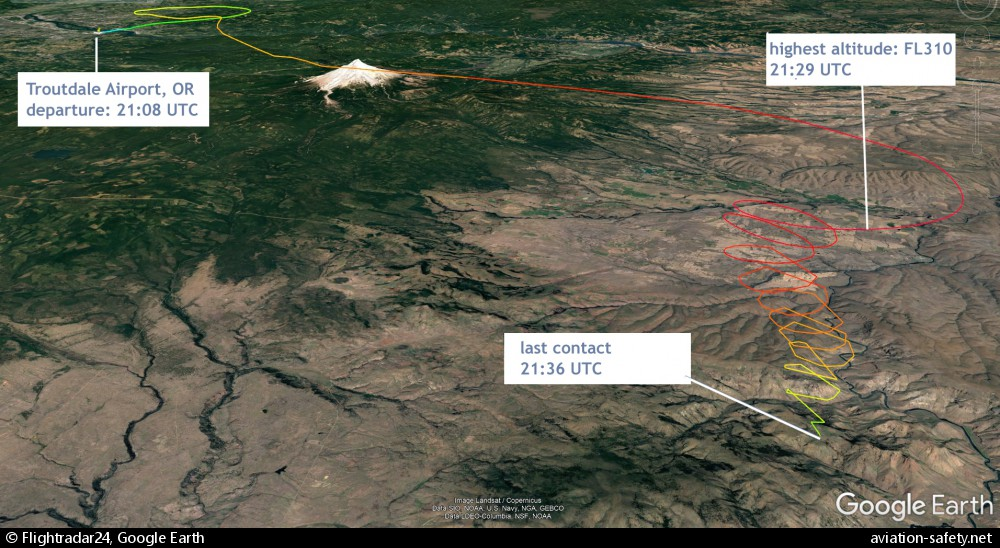


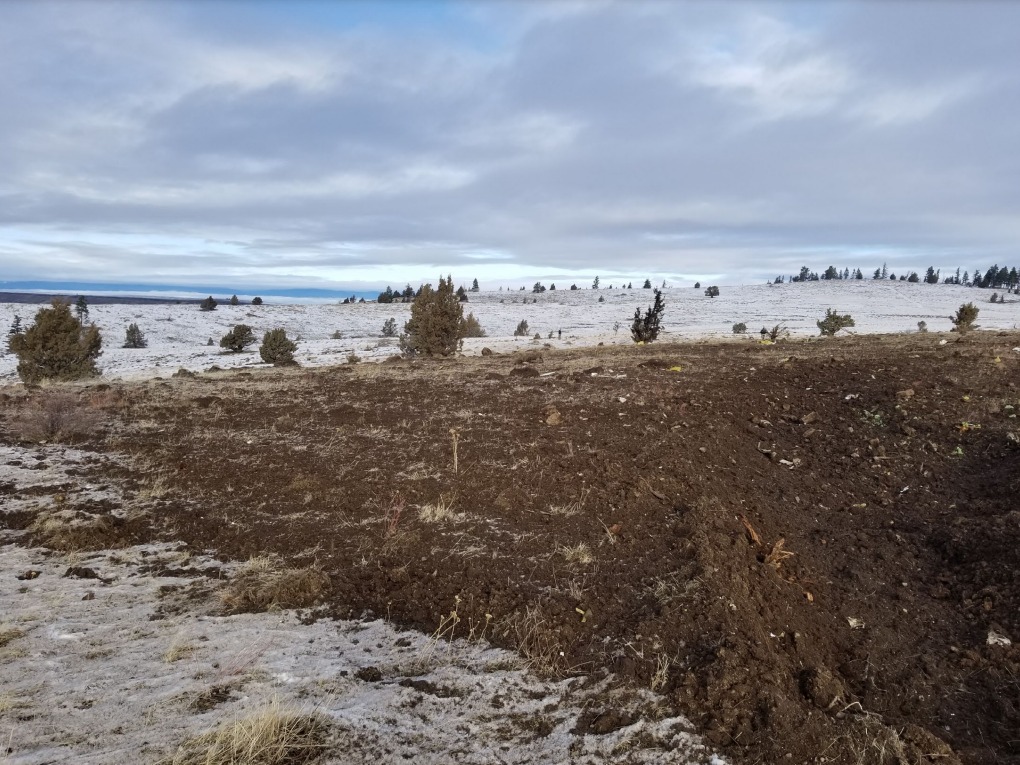
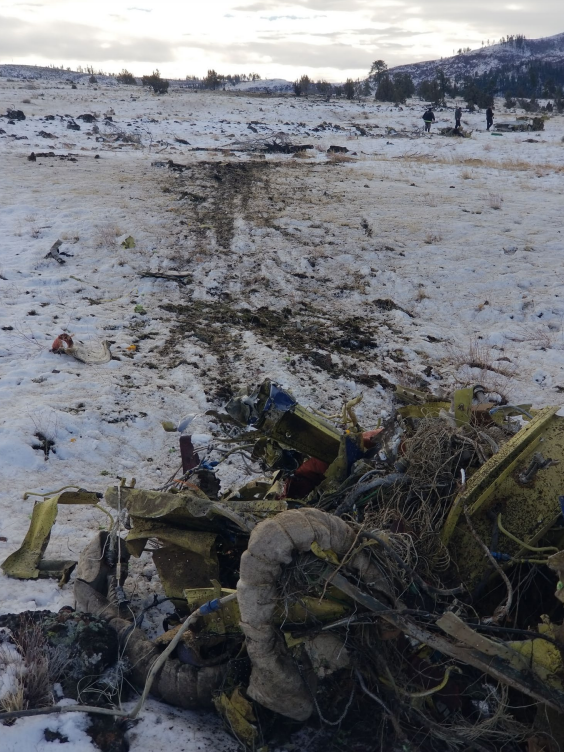
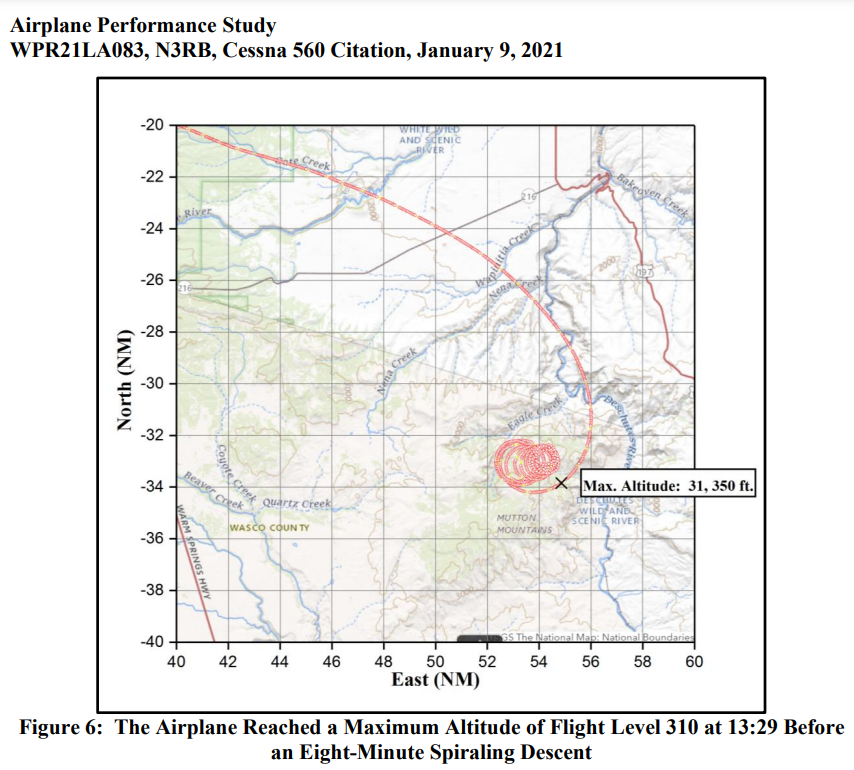



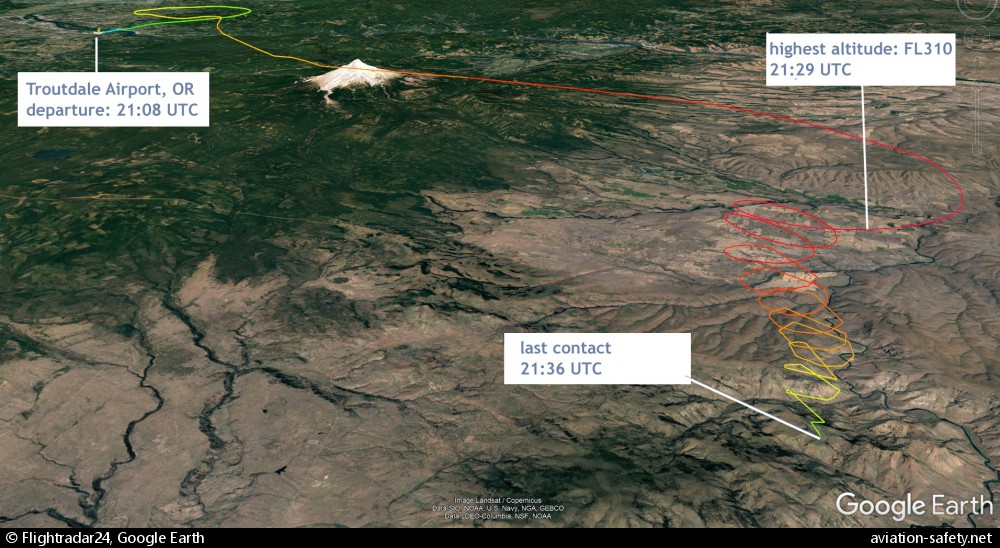 Check out our Aviation and Pilots Forum Scudrunners Aviation
Check out our Aviation and Pilots Forum Scudrunners Aviation


